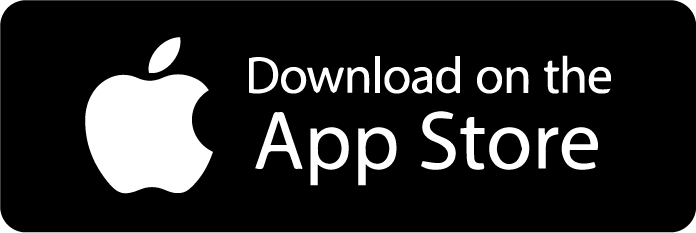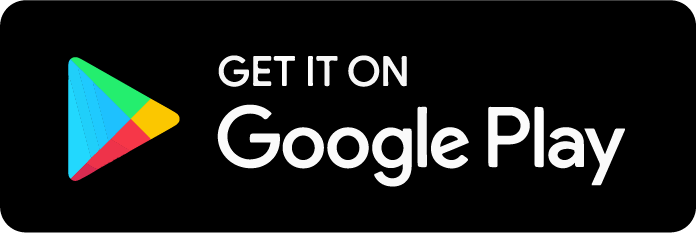The coronavirus has taken the world by storm. As of 23 Feb 2020, the global COVID-19 case count stands at over 78,800 confirmed cases with a death toll of over 2,400. But, there’s also a ray of hope as there have been over 23,000 recoveries and 80% of COVID-19 cases are considered mild. According to WHO less than 14% develop into pneumonia and 5% result in critical multi-organ failure. The fatality rate is also less than 2% which is significantly lower than previous strains of coronavirus such as the 2003 SARS (10%) or 2012 MERS (35%).
Despite this, increasing reports show the transmission of coronavirus is still occurring via person-to-person, and via contact with an infected surface. This is causing concern as there is currently no specific antiviral cure for COVID-19. Healthcare professionals can only provide supportive care for infected patients and help relieve symptoms.
Can existing drugs provide a vaccine for the novel coronavirus?
To find a vaccine, a flurry of clinical trials are being held, many of which are focussing on existing drugs as a baseline. One report puts the number at 124 and counting, with 60 of these trials testing existing antiviral medications, and 47 studying the effects of natural products (including traditional Chinese medicines). With established pharmacodynamic and pharmacokinetic data to work from, pharmaceutical companies hope that the development timeline can be significantly shortened.
Will HIV drugs cure the novel coronavirus?
Tests have also shown that unlike most viruses, which use DNA as their genetic material, COVID-19 is an RNA virus, similar to HIV resulting in a focus on HIV drugs (more specifically protease inhibitors) as a base for a potential cure. There have even been reported cases from doctors in Thailand and Japan who have successfully used lopinavir and ritonavir to treat COVID-19 patients.
What are the similarities between SARS and the coronavirus?
SARS and COVID-19 are two viruses that bind to human cells in the same way. Some say, this could also possibly shorten the process of finding a cure, since researchers already have a head-start in finding a vaccine for the former. One of the most promising is a pre-clinical SARS vaccine developed (and subsequently shelved) by French drug giant Sanofi and the US Biomedical Advanced Research and Development Authority (BARDA).
But opinions on the timeline for a cure vary. One virologist believes that the search could still take years, with best-case scenario being nine months, if not longer. Others are optimistic that there will be a vaccine ready to test as soon as April.
How can the coronavirus be stopped?
While a COVID-19-specific vaccine is yet to be found, three existing drugs have shown encouraging results in stopping the virus at a cellular level.
1. Favipiravir
Favipiravir is the most recent drug to have been approved for sale as a potential treatment for COVID-19. It had apparently shown encouraging results after being administered to coronavirus patients in Shenzhen, Guangdong province. The manufacturer, Zhejiang Hisun Pharmaceutical, is still required to continue clinical trials.
The generic antiviral was originally used to treat recurring strains of influenza in adults, and works by stemming the reproduction of RNA viruses by inhibiting its RNA-dependent RNA polymerase.
2. Remdesivir
The second candidate is remdesivir, a drug developed by Gilead Sciences that was originally designed to treat Ebola. While the drug did not show success against the Ebola virus, it has allegedly shown antiviral activity against SARS and MERS in animals. In addition to inhibiting RNA polymerase, remdesivir is even capable of evading proofreading by the virus’s exoribonuclease (ExoN).
In late January 2020, a 35-year-old male COVID-19 patient in the US was administered Remdesivir as an emergency experimental treatment, after which his symptoms dramatically improved. A clinical trial of remdesivir to treat COVID-19 started in China on 6 Feb 2020, and the drug is currently being studied at the epicentre in Wuhan, Hubei province.
3. Chrloroquine
The third drug to show promise is used to treat malaria – Chloroquine. Test tube results have shown that the drug effectively inhibits the virus from reproducing, but human clinical trials are still underway in Beijing and Guangdong province.
In spite of these encouraging results, the big question still remains: are we able to merely block the spread of the virus in the body, or is it possible to remove the virus altogether?
Why is the search for a cure so difficult?
Viruses are hard to treat. One reason is because a virus is an obligatory parasite, meaning it injects its genetic material into our cells and uses our metabolic machinery to reproduce. This makes viruses difficult to stop, because whatever targets the virus will end up targeting (and killing) our own cells too.
The coronavirus is especially problematic, because it has a defence mechanism against attack – it has a “proof-reader” exoribonuclease that blocks potential life-saving drugs from tampering with its genetic code.
What’s more, test tube results are hardly indicative of real-world results. Many drugs that work in a lab end up failing when used in clinical trials. Issues with Gilead’s clinical trial of a drug called remdesivir which was showing signs to treat the coronavirus, illustrate the many roadblocks faced when conducting proper antiviral drug testing in situ.
What is the best way to treat infected coronavirus patients?
China has been collecting blood plasma from patients who recovered from COVID-19, citing unidentified experts who claim that the plasma “will generate antibodies that can kill and remove the virus”, and that in the absence of a vaccine, this is deemed the most effective way to treat the infection. But until these claims can be verified, WHO recommends that the best way to treat the infected is to offer supportive care and give the body the best chance possible to fight off the virus on its own.
*All figures stated were last updated as stated however as the situation continues to unfold, please check the latest official government announcements for the most up-to-date figures.
You might be interested in:
Coronavirus – How Southeast Asia is preventing a pandemic effect
COVID-19 aka coronavirus: The who, what, when, where, why and how?







